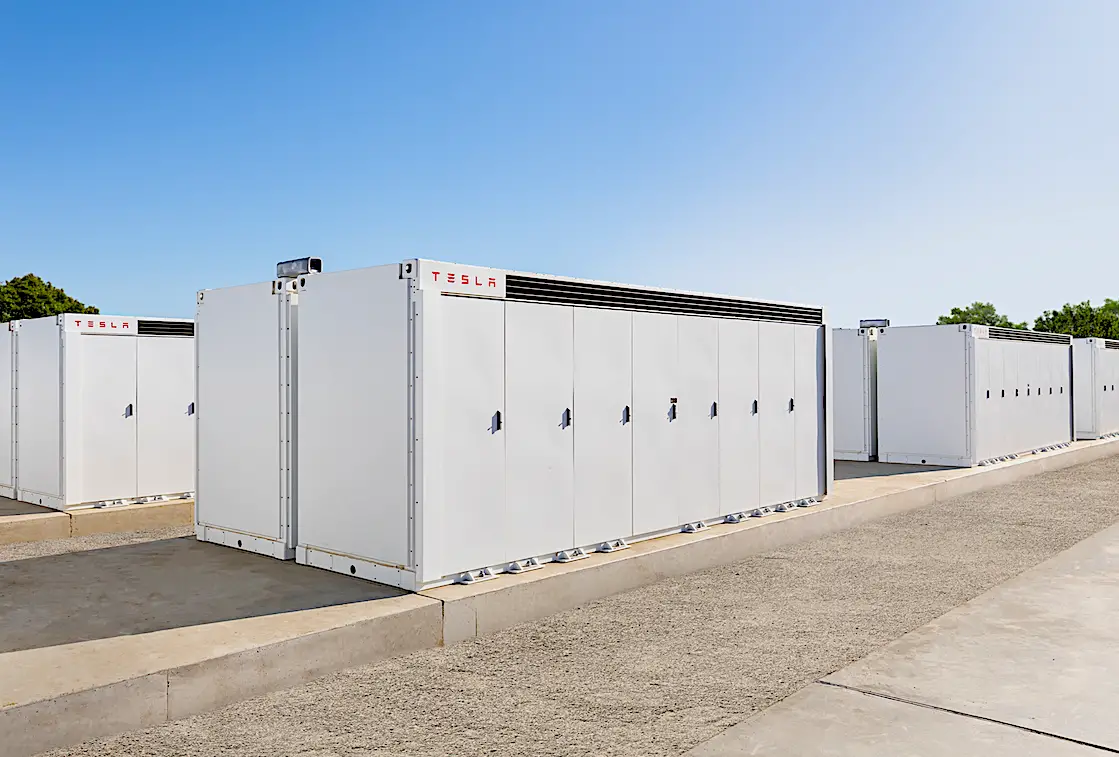Spano wants moratorium on battery electric storage systems and self-storage buildings in Yonkers
Yonkers Mayor Mike Spano today called on the Yonkers City Council to pass legislation that places moratoriums on approvals for the construction and opening of two types of storage projects in the city: storage of property and storage of electricity. Storage of property would be in self-storage facilities. Storage of electricity would be in electric substations using lithium-ion units known as Battery Energy Storage Systems, or BESS.
“These moratoriums would provide our city an opportunity to dig deeper into the potential economic and public health impacts these facilities have on our residents and businesses,” Spano said.
Currently, there are over a dozen self-storage facilities in Yonkers. The proposed eight-month moratorium would provide the city time to study its zoning laws and land-use strategies to ensure they continue to align with the city’s economic objectives and community needs along with the contributions of self-storage buildings to city property tax and sales ax revenues.
A six-month moratorium on battery energy storage systems would allow time to study how these facilities may impact surrounding properties, neighborhoods, environment and public health and safety.

“We need this moratorium on lithium-ion battery facilities to give us more time to determine their environmental impact,” Spano said. “We’ve meticulously worked to put measures in place that guarantee smart and efficient development. It would be irresponsible to move forward with approvals of these type of facilities without conducting the necessary research to ensure the safety of their neighbors.”
Spano points out that the Yonkers City Council’s last Stated Meeting before the summer is scheduled for June 25.
Saw Mill River Energy Storage 1, LLC, which is at the same address in Latham, New York, as solar and electrical storage player New Leaf Energy, had been expected to go before the Yonkers Planning Board on June 12 to present its application to build a battery energy storage system, or BESS, at 1100 Saw Mill River Road. The development would use battery storage units built by Tesla known as the Megapack MP2XL.
A single MP2XL unit is rated by Tesla as capable of storing up to 3.916 MWh of electricity. A megawatt-hour (MWh) of electricity is one million watts for one hour. Each MP2XL unit weighs 89,000 pounds, according to Tesla. A number of MP2XL units can be combined for increased storage capacity. A project in Australia has been designed to use multiple units for a total storage capacity of 889 MWh.
The MP2XL units have a system to burn off any unwanted gases that might be produced to prevent them from building up and possibly exploding along with a system for controlling the unit’s temperature.
The battery system would not take up the entire 2.21-acre site in Yonkers. According to Websly Darbouze, project manager for Colliers Engineering and Design, a section of the lot will be utilized for a future warehouse facility that will be constructed by a separate developer. The project area is bounded to the west by Saw Mill River Road, to the east by residential properties, and to the north and south by commercial businesses. A seven-feet-high chain-link perimeter fence, concrete pads and associated electrical utilities also would be installed at the site.
Battery storage systems are used to store excess electricity produced by renewable sources such as wind and solar that is not immediately needed for use in the electric grid. The excess power is stored in the batteries, and released as needed at times of increased demand or at night when solar cells aren’t working or when the winds go calm and wind turbines stop turning.
Saw Mill River Energy Storage 1 estimates that it will cost just over $312,000 to construct the project in Yonkers. It says that power generated from this facility will be sold directly to consumers via the New York State’s Community Distributed Generation Program. This program allows customers to directly offset their energy use with local solar power, while saving money on their electrical bills.
Darbouze said that a sound wall or other noise mitigation methods will be installed as necessary to deal with any potential noise impacts on neighbors and that the proposed project will not have any visual impact on adjacent properties.